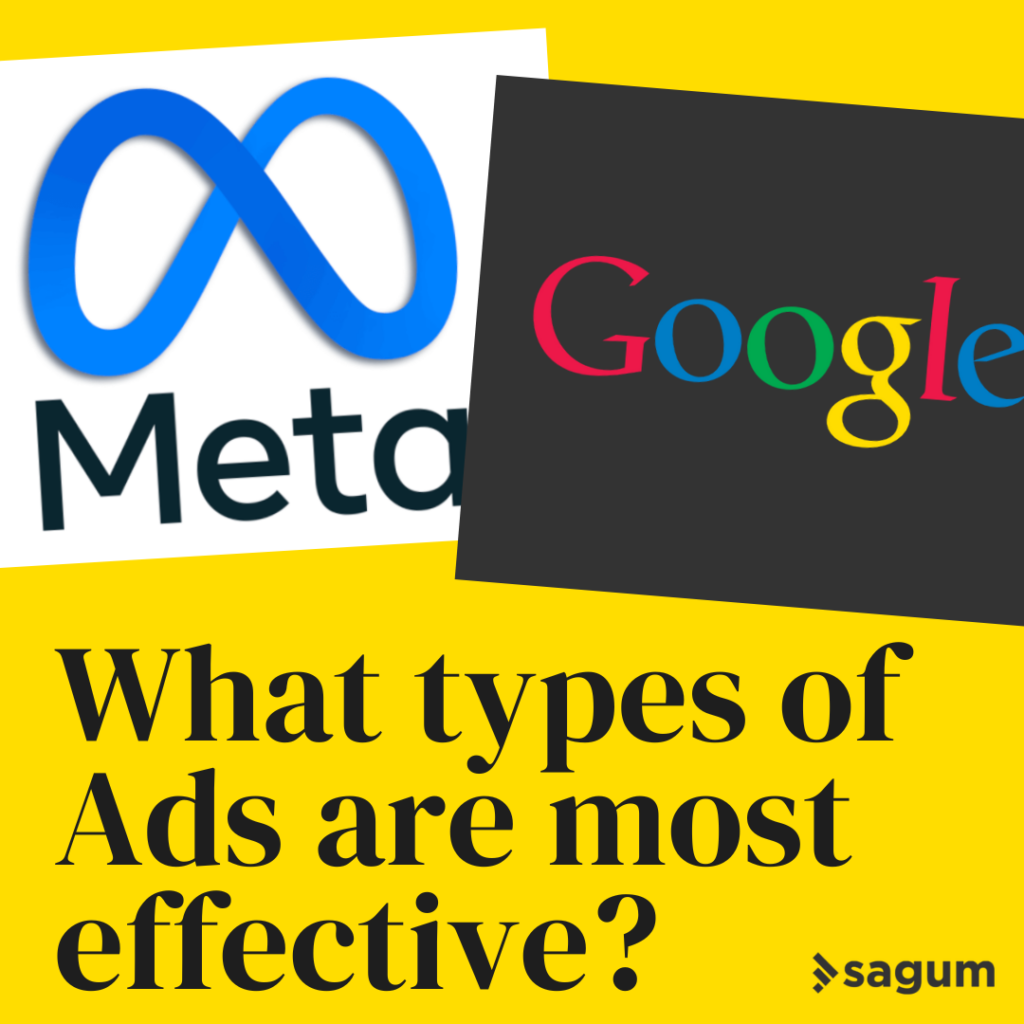
What types of ads are most effective?
If you are serious about creating effective ads that can blow your competition out of the water this is the article for you. It isn’t easy, but I am going to give you a framework to follow.
- Evaluate the Competition
- Turn Insights to Story
- Create and Start running ads
- Evaluate Results
- Adjust & Repeat
Evaluate the Competition
Crafting Compelling Content Through Competitive Analysis
Creating captivating content that sells a compelling story and emotionally engages the consumer lies at the heart of successful marketing strategies. A vital first step in this content creation journey is researching your competition, understanding their strategies, and deriving inspiration from their tactics. Meta’s Facebook Ad Library and Google’s Ad Transparency Report are powerful tools to aid this process. Drawing ideas from Simon Sinek’s “Start with Why” and Donald Miller’s “How to Build a Story Brand”, we’ll explore how these resources can help you craft great content.
Why Competitive Analysis Matters
Understanding the ‘why’ behind your competition’s tactics forms the basis of insightful competitive analysis. By answering this ‘why’, you comprehend your competitor’s purpose, their unique selling proposition, and the story they convey to their customers. This knowledge equips you to align your content with what truly matters to your audience and sets a foundation for building your own compelling brand story.
Meta’s Facebook Ad Library: A Peek Into Your Competitor’s Playbook
The Facebook Ad Library is a comprehensive, searchable compilation of ads currently running or previously run on Meta’s platforms like Facebook and Instagram. While it doesn’t provide direct engagement metrics, it offers insights into your competitors’ ad creatives, campaign timing, platform usage, and for certain types of ads, demographic targeting and budgeting strategies.
Utilizing these insights allows you to understand the ‘how’ of your competitors’ strategies. How are they structuring their ads? How are they conveying their story? Regularly rechecking these ads can fuel your own creativity and help you devise engaging narratives that resonate with your audience.
Google’s Ad Transparency Report: Broadening Your Horizon
Google’s ad transparency report is a great resource for businesses that want to understand the competitive landscape and build better content. The report provides data on the types of ads that are being shown, the keywords that are being used, and the demographics of the people who are seeing the ads. This information can be used to identify opportunities for creating content that is more relevant and engaging to your target audience.
For example, you could use the ad transparency report to:
- Identify keywords that your competitors are targeting that you are not. This could be an indication that there is a demand for content on these topics that you are not currently meeting.
- Focus on your target audience. When you’re looking at the data in the ad transparency report, pay attention to the demographics of the people who are seeing your competitors’ ads. This will help you to understand who your target audience is and what kind of content they are interested in.
- Look for trends. The ad transparency report can help you to identify trends in the competitive landscape. For example, you might notice that more and more businesses are starting to target a particular keyword or that the demographics of the people who are seeing ads for a particular product or service are changing.
- Be creative. Don’t just copy what your competitors are doing. Use the data in the ad transparency report to come up with new and creative ideas for your content.
By integrating this tool into your competitive analysis, you can extend your insights beyond Meta’s platforms, covering a broader digital advertising landscape.
From Insight to Story: Crafting Great Content
Once you’ve analyzed your competition using these tools, the next step is to weave these insights into your own compelling content narrative. Here’s where Donald Miller’s ‘StoryBrand’ framework becomes particularly useful. His approach encourages businesses to position customers as the hero of their story, with your brand acting as the guide that helps them overcome their challenges and reach their goals.
So, how does your product or service help the customer in their journey? How can you communicate this effectively in your advertising? By answering these questions, you not only create engaging content but also build a powerful brand story that strikes a deeper emotional chord with your audience.
To get started on crafting your brand story you can use the 1-page PDF Story Brand Script by clicking here. The more of these principles you can tell in an ad the more effective it will be.
Create and Start running ads
I’m going to keep this section simple as it varies drastically by brand. In the end, do what is authentically you. DO NOT pick the easy route and just run your product on a white background. If you lead with what you sell or how you sell it, you will never be successful. You must start with the Why. Watch the video below if you need more understanding. Don’t be like everyone else, be like Apple.
PRO TIP: If it gets high engagement on Social Media, there is a good chance it will perform well in ads IF it sells the deeper emotion your product evokes in your consumer.
Evaluate Results
You should measure results based on conversion events that drive the overall goals of the company. This is generally revenue. Be careful to not chase clicks or engagement. However it is becoming more difficult to give attribution to ad-driven sales and we may go back to more of a world like that, but for now focus on conversion. You can read more on attribution here.
Competitive landscapes are dynamic, with brands constantly evolving their strategies. It is essential to revisit these ad libraries regularly, to stay updated with these changes. Regular checks on the Facebook Ad Library and Google’s Ad Transparency Report will provide fresh perspectives and ensure your content remains relevant and impactful.
To conclude, competitive analysis using Meta’s Facebook Ad Library and Google’s Ad Transparency Report can be a game-changer for your content strategy. Understanding the ‘why’ behind your competition’s strategies, gaining inspiration from their tactics, and using these insights to craft your own compelling brand story is the key to creating content that truly resonates with your audience. Remember, great content isn’t just about selling a product or service, it’s about connecting with your audience on a deeper emotional level.

